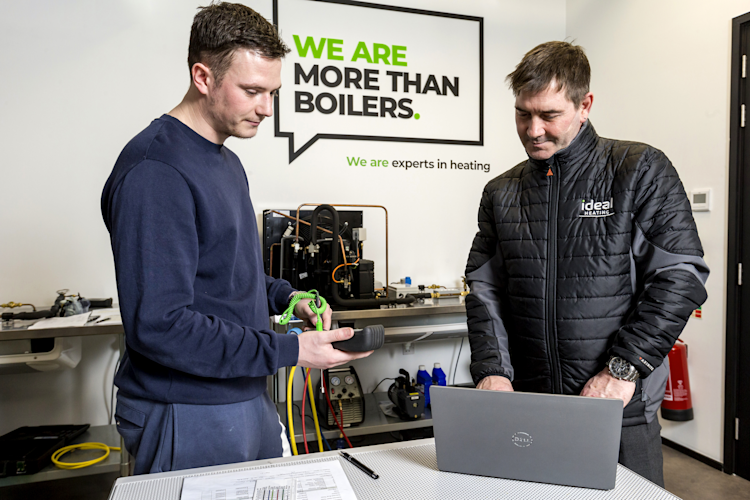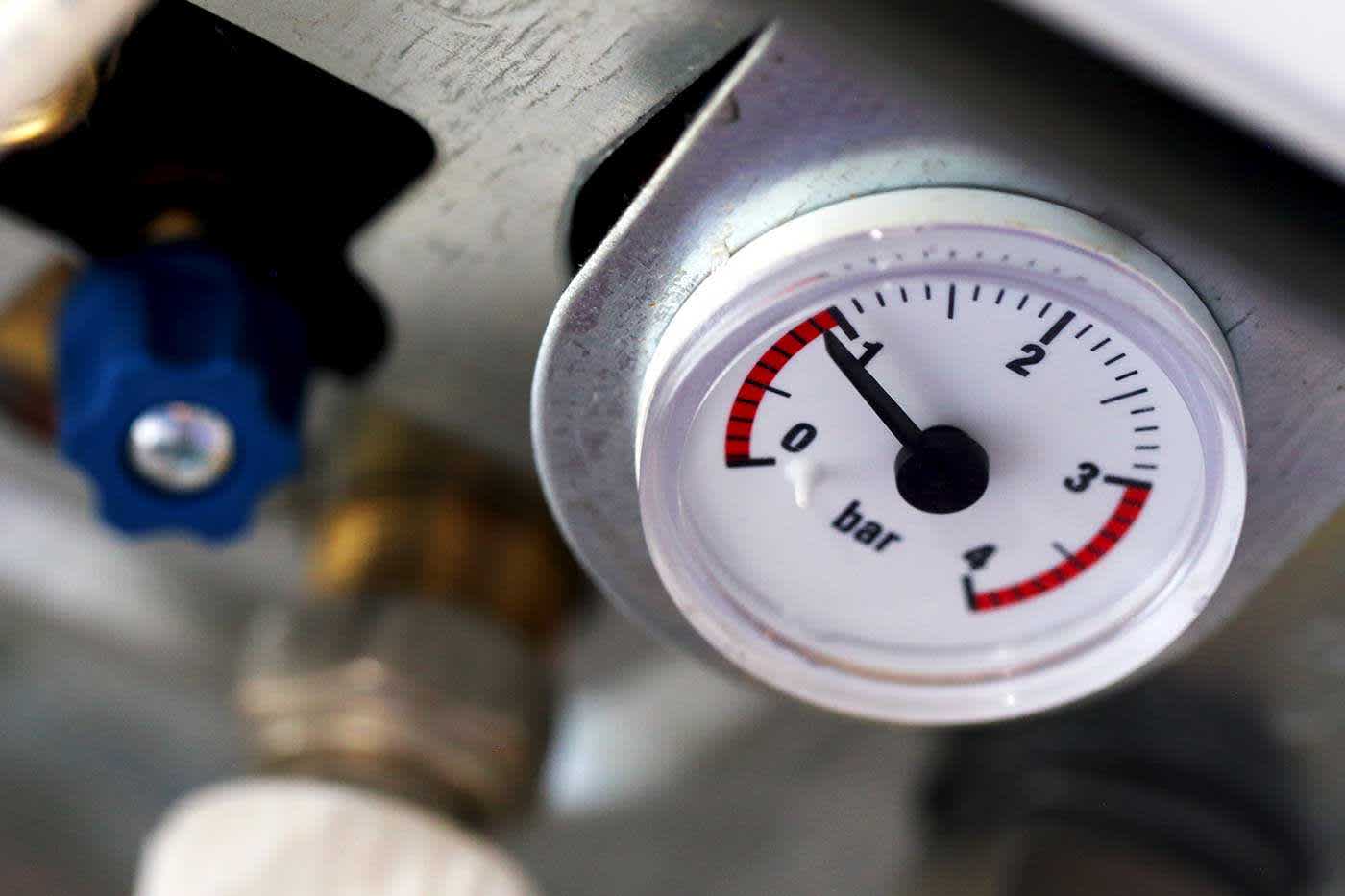
High efficiency condensing boilers: The benefits
Modern boilers are more efficient because they are condensing boilers. A condensing boiler has a much larger heat exchanger. The heat exchanger is designed to extract over 90% of the wasted heat from the fuel it burns which would normally be lost to the atmosphere through the flue, and recycles it back into the heating system.
This means that much cooler gases are eventually sent up the flue. Sometimes the flue gases become so cool that water vapour in the gas condenses out – hence the name, condensing boiler! When this happens, even more energy is recovered from the condensing vapour and the efficiency of the heating system gets higher still.
Why are condensing boilers more efficient?
We’re so glad you asked. In the older generations of boilers, just like today, water was in constant circulation around a central heating system, or in the system that heats up tap water. The old Victorian heating systems actually used steam, hence the big, heavy radiators that could withstand the high pressures.
Water would pass over the flame through a series of pipes, and reach its desired temperature before being sent around the circuit. It certainly worked, but there was one critical flaw that made it highly inefficient. The problem was that the water would pass once over the flame, but the flame would be delivering much more heat energy than could possibly be absorbed by the water in such a short time. Most of the heat – and some noxious gases – was therefore vented straight into the atmosphere.
So how can that heat be better used? Enter the condensing boiler.
With a condensing boiler, the return pipework from the central heating system doesn’t head straight for the burner. Remember, it has passed around the system and warmed up your radiators and your home, so by the time it re-enters the boiler, it has lost a lot of its heat energy. But now comes the clever part. It comes into the boiler and is piped through the secondary condenser just before the part where it vents hot air to the atmosphere. That heat that would once have been wasted to the air now gets a chance to start warming the cool water as it re-enters the boiler.
As the circulated water gets closer to the burner, it carries on passing through hotter and hotter air, and therefore warming up. By the time it reaches the burner itself, it has already been considerably pre-heated, so the burner only has to give it a bit of a boost to help it reach the 50–60 °C of a typical central heating system. Because the water doesn’t need to have its temperature raised quite so much, you don’t need to use as much fuel in the burner.
As the water is getting warmer and warmer as it approaches the burner, so the gases from the flame are losing more and more of their heat to the water in the pipes. That’s why the water vapour can actually condense. If you think about it, reducing the temperature of water vapour from burner flame temperature to much less than the boiling point of water (usually around 50 °C) in a few seconds is remarkable, and shows just how efficient condensing boilers are.
To meet efficiency standards for environmental reasons, the law was changed so that as of 1 April 2005, any new gas boiler being installed had to be a condenser type, and have a SEDBUK (Seasonal Efficiency of a Domestic Boiler in the UK) efficiency rating of A or B. Oil burning boilers followed suit on 1 April 2007. Since boilers have a lifespan of around 15–20 years, it’s likely that by now, the majority of the UK’s boilers will already be condenser type. Note that they only became compulsory on that date; thousands had already been installed by 2005. However, it could already be time to upgrade your boiler, and below we’ll look at why.
Is it time to replace your old boiler?
If your boiler is more than 10 years old it may be wasting as much as 30% of the energy it burns, meaning you could only be using 70% of the gas you’re paying for. If you are ready for a boiler replacement you need to know which boiler is right for your home.
The majority of old heating systems will have a boiler, a cylinder and possibly a hot water tank in the loft. You can choose for your new boiler to keep the current set up or switch to a Combi boiler.
Combi boilers don’t need cold water tanks or hot water cylinders – they heat water on demand, when you turn the tap on, as well as powering your central heating. However, Combi boilers are best for smaller households – they can only deliver hot water to one tap or your central heating at a time. If you regularly have two or more hot taps running, a Heat only or System boiler will be more appropriate – they store hot water in a tank, so several hot taps can be run simultaneously.
Our 'product selector' tool is a quick and easy way to find your Ideal boiler replacement and you can find your local Gas Safe registered installer using our 'Find an installer' tool.
Your installer will help to specify the most appropriate new boiler for your home and conduct the boiler replacement.


















